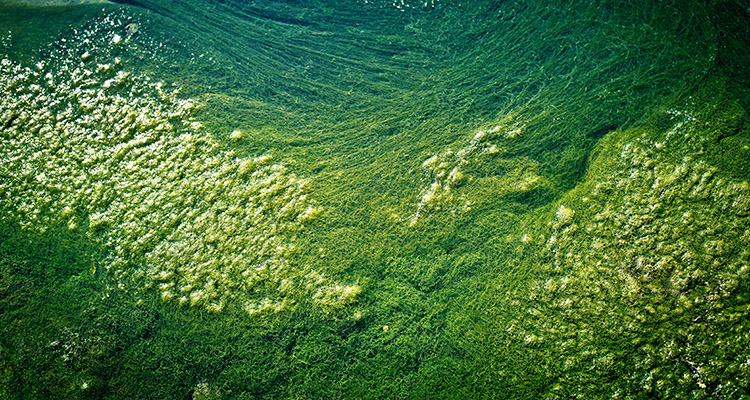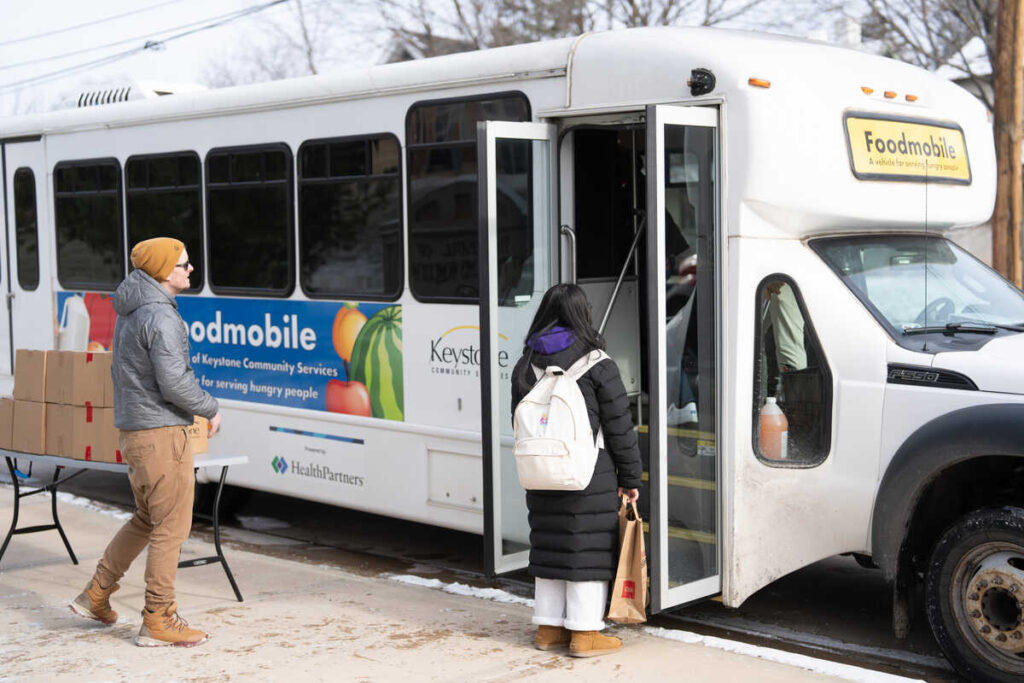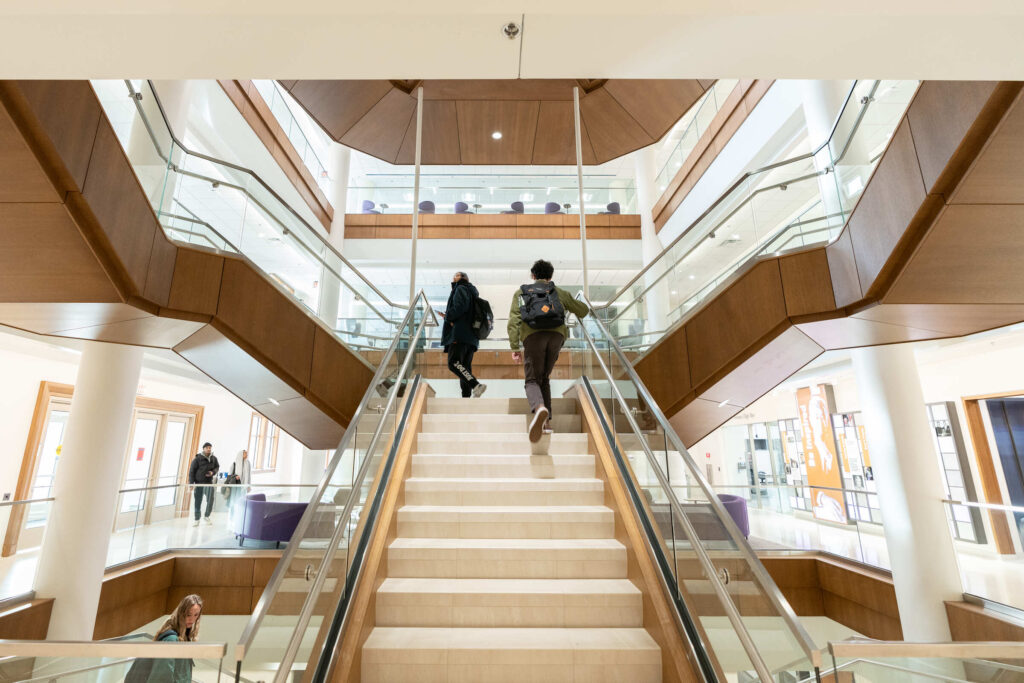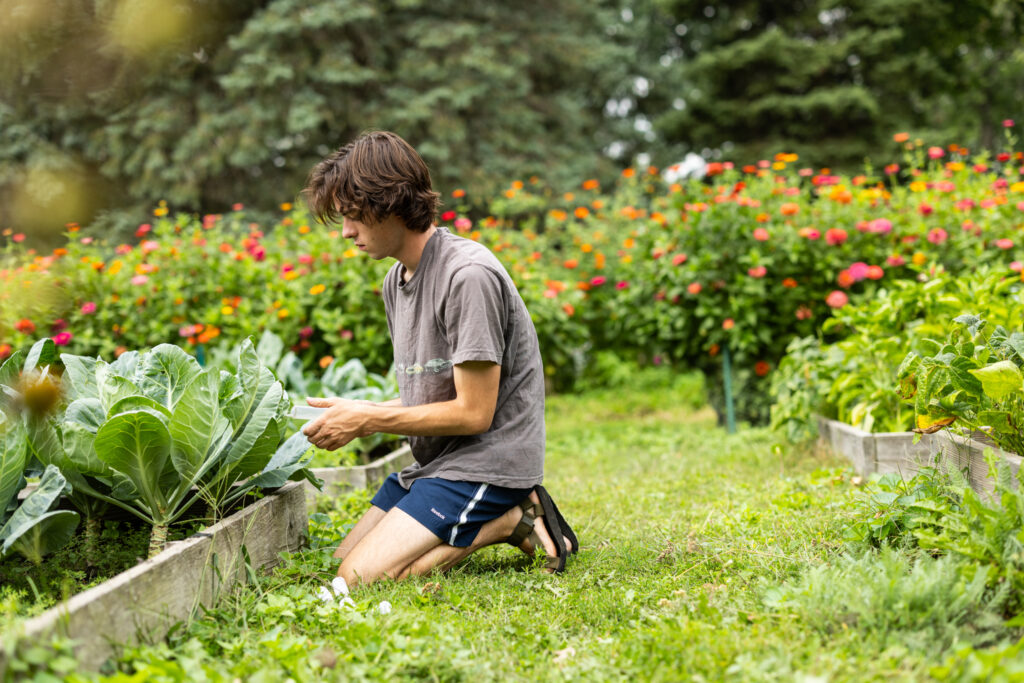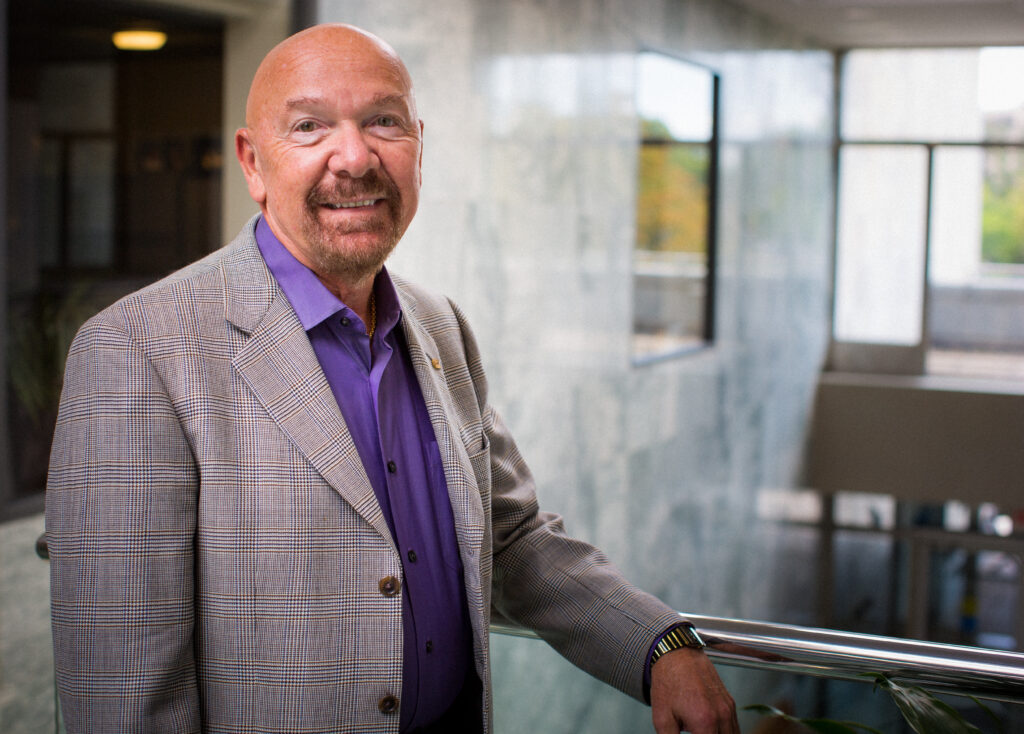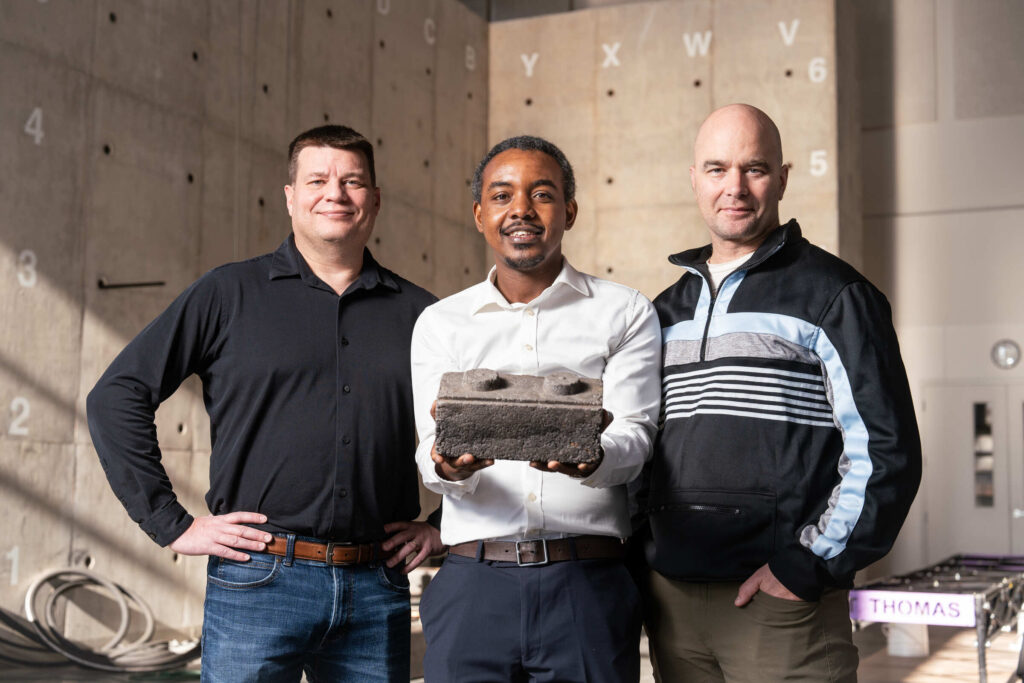It’s a gorgeous summer day in St. Paul and dozens of residents are taking advantage of one of the city’s watery gems, Lake Como. The sun glistens off the pristine blue water a dozen yards away.
Wait. Strike that pristine blue part. Lake Como has been on the Minnesota Pollution Control Agency’s impaired water list for excess nutrients since 2002, closer in hue to Kermit the Frog’s green than Sam the Eagle’s blue.
The discouraging profile is due to the abundant levels of phosphorus that have built up for decades within the lake. It’s an overly nutrient-rich ecosystem that has grown on itself to damaging levels and – while many projects have aimed to stem this cycle – much of the phosphorus is entrenched inside the lake’s sediment. That leaves a potentially decades-long timetable before positive results are seen.
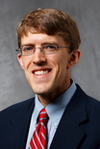
Dr. Gaston "Chip" Small
Enter Gaston “Chip” Small, a St. Thomas biology assistant professor, and his students. Their proposition: What if we could harness the nutrients of that phosphorus by creating a hydroponic (water-only) system that grows vegetables and valuable plants right on top of the water? Could we restore this damaged ecosystem to healthy levels by creating a new, sustainable ecosystem that yields resources and balances Lake Como?
The U.S. Environmental Protection Agency believes in that idea; this week it rewarded a $15,000, P3 (People, Prosperity and the Planet) grant to St. Thomas to continue the pursuit of its already expansive research into the possibility.
“The grant shows that what we’re doing is important and [the EPA] believes it has real potential to help the environment,” said junior Jessica Brown, one of the students working with Small.
Building blocks
This isn’t the first time Brown’s own belief has been awarded: St. Thomas provided her a Young Scholars Grant for last summer, a stipend to work full time on advancing the project Small has championed for several years. Working alongside them was Brown’s classmate, junior Quinn Niederluecke, herself now the recipient of a St. Thomas Collaborative Inquiry Grant that is funding her continued research this fall.
The majority of Brown’s efforts focused on collecting samples at Como Lake and creating a rich set of data to work with. On top of her own work measuring phosphorus levels in the lake’s sediment, Niederluecke used Brown’s data to plug into a system she created that models what changing variables could do to the existing Como Lake ecosystem if – in the future – actual changes could be made.
“What Jessica was doing was so closely linked to what I would be doing, it backs each other up so well,” Niederluecke said. “The data I got can help her out and hers can help me. It’s really cool to be able to build off of what other people have done and look at solving the problem.”
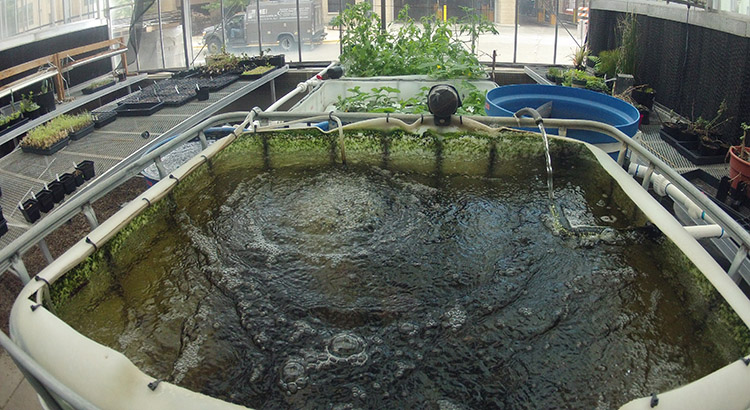
Professor Gaston Small and his students have worked with a 600-gallon hydroponic tank inside the greenhouse attached to Owens Science Hall. Fish inside the tank help balance a system that can grow plants with just water. (Photo courtesy of Gaston Small)
That problem-solving started even before Brown, who picked up on the project with Small after a former student of his, senior Louis Sand, did preliminary research in summer 2013. Small said that kind of continuity and collaboration is something professors try to encourage for their students, along with the overarching significance of students getting valuable hands-on research experience they can apply to their careers.
“I was excited just to get to come in and help with a project, much less to get to do something on my own. So, when I started doing my own thing and it could play into what overall Small wants to do, I was really excited about it,” Niederluecke said. “I’m really lucky to have the chance to do this. It’s so cool to learn all these things that I couldn’t even imagine doing [when I first came to St. Thomas].”
As one of 42 EPA grant recipients the St. Thomas team is invited to Washington, D.C., in April to present their project and compete for a larger, $90,000 grant to further their efforts. Unfortunately, Brown and Niederluecke will be studying abroad during the conference, but that opens the opportunity for other students to represent St. Thomas after they contribute research of their own from fall and J-term classes with Small.
“It’s going to be a great opportunity for them,” Niederluecke said.
Small said discussions are already in place with St. Paul for the possibility of a realized hydroponic system in Lake Como if another grant was secured or other options present themselves. Regardless of the next steps, the value of sustainable research collaboration to this group is as clear as crystal blue water.
“Each person that works on it learns something new,” Small said. “And we can keep building this together.”
